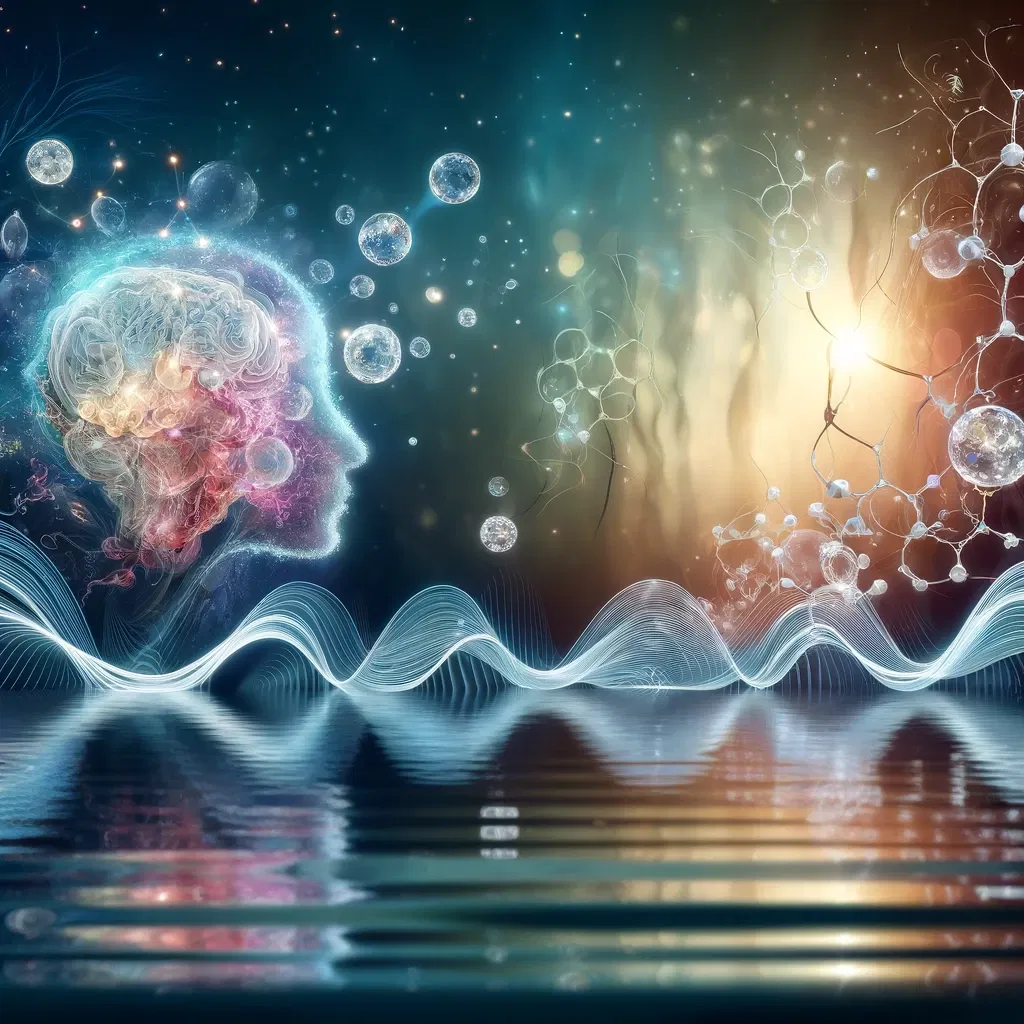Unraveling Quantum Mysteries: The 2022 Nobel Prize in Physics and the Breakthrough of Quantum Entanglement

Unraveling Quantum Mysteries: The 2022 Nobel Prize in Physics and the Breakthrough of Quantum Entanglement
Exploring the Enigma: The 2022 Nobel Prize in Physics and Quantum Entanglement
The Nobel Prize in Physics is often awarded to those brilliant minds who make sense of the universe, but the 2022 laureates have taken us down the rabbit hole, revealing that the universe is even stranger than we imagined. This year's winners, John Clauser, Alain Aspect, and Anton Zeilinger, have conducted groundbreaking experiments proving the most bizarre prediction of quantum mechanics to be true. It's a prediction Einstein himself dismissed—the notion that two quantum systems can be entangled, influencing each other instantaneously, no matter the distance. Einstein called it "spooky action at a distance," a concept seemingly at odds with his theory of relativity, which states that nothing can travel faster than light.
Clauser and Aspect accomplished what many thought impossible—they proved Einstein wrong, while Zeilinger took our understanding of quantum entanglement to new heights, showcasing its practical applications.
As they say, "In science, one man's noise is another man's data."
Understanding Quantum Entanglement: A Thought Experiment
To wrap our heads around quantum entanglement, let's embark on a whimsical thought experiment. Imagine you've got two balls—one black, one white. You close your eyes, shuffle them, and place each in a separate box. You send one box to the moon and keep the other on Earth.
With the box closed, the moon ball has a 50-50 chance of being black or white. Opening your box instantly reveals the moon ball's color. Did you just outpace light? Not quite—the information was always there, waiting to be discovered.
Now, picture these as quantum balls with entangled colors.
In the quantum world, we don't know the colors until we peek inside. Each ball is in a "maybe black-maybe white" superposition until observed. Opening the box forces the ball to choose a color, which instantaneously influences the moon ball to choose the opposite. It feels like magic, but it's just quantum mechanics saying, "Hold my beer."
The Quest for Hidden Variables
Why do we entertain such a mind-boggling interpretation?
Can't we just assume the balls had a color from the start? Quantum mechanics, in all its glory, tells us otherwise. Quantum systems are described by a mathematical object called the wavefunction, evolving with the Schrödinger equation. The wavefunction of entangled objects only reveals their correlation, not specific values. They gain specific values when observed, collapsing the wavefunction.
For our quantum balls to know their color all along, hidden information must exist. Some interpretations of quantum mechanics, known as hidden variable theories, propose this. Einstein championed hidden information, while Niels Bohr argued the wavefunction was the complete picture. In most debates, physicists side with Einstein, but not here. Quantum mechanics was too successful, and Bohr's Copenhagen interpretation became the orthodox view.
Questioning it was akin to suggesting cats write Shakespearean sonnets.
Bell's Theorem and the Pioneering Experiments
John Stuart Bell, a hidden-variable heretic, wasn't satisfied with accepting the Copenhagen interpretation without proper testing. He realized one could reveal hidden information without measuring it directly. In 1964, Bell introduced his Bell theorem, which showed a specific statistical relationship between entangled particles' properties. If particles held hidden variables, the Bell inequality would hold; if not, it would be violated.
It took until 1969 for the first Bell test, conducted by John Clauser, one of our 2022 Nobel laureates. Why the delay? Bell tests are notoriously challenging. They require creating, manipulating, and measuring entangled states without breaking delicate correlations. Plus, questioning the status quo was risky.
Clauser recalls proposing his experiment to Richard Feynman, who promptly dismissed him, thinking standard quantum mechanics would prevail. But Clauser and his student Stewart Jay Freedman persevered, determined to try.
Aspect and Zeilinger: Closing the Loopholes
Aspect's setup resembled Clauser's, using calcium atoms excited by a laser. The difference lay in the polarizers. Changing a polarizer's measurement direction required rotation, difficult to achieve faster than a photon travels.
Aspect ingeniously used a transducer—a vibrating quartz chunk—to bend light paths. This allowed random measurement direction changes via an electrical switch, eliminating a loophole in Clauser's experiment. Aspect's results also violated Bell inequalities, further challenging hidden variable theories.
Anton Zeilinger: From Theory to Application
While Clauser and Aspect tested quantum mechanics' fundamentals, their work led to practical advances. They improved our ability to create and manipulate entangled states, and Zeilinger put these to good use.
He's renowned for demonstrating quantum teleportation, where a quantum state transfers between particles via an entangled intermediary. This phenomenon is crucial for quantum computing, allowing quantum information to move efficiently. Zeilinger's contributions extend to quantum cryptography and quantum computer development.
Conclusion: A Strange Yet Promising Future
This tale of quantum entanglement is a rare instance where both Einstein and Feynman were mistaken. Einstein, because the quantum world is indeed spooky, and Feynman for doubting Clauser's pursuit.
Science progresses by challenging the status quo and testing theories to their limits. Whether they break or not, we learn and potentially discover technologies beyond imagination. Our grasp of quantum entanglement has ushered us closer to the quantum computing and cryptography era—all thanks to scientists who dared to seek the hidden secrets of space-time.





